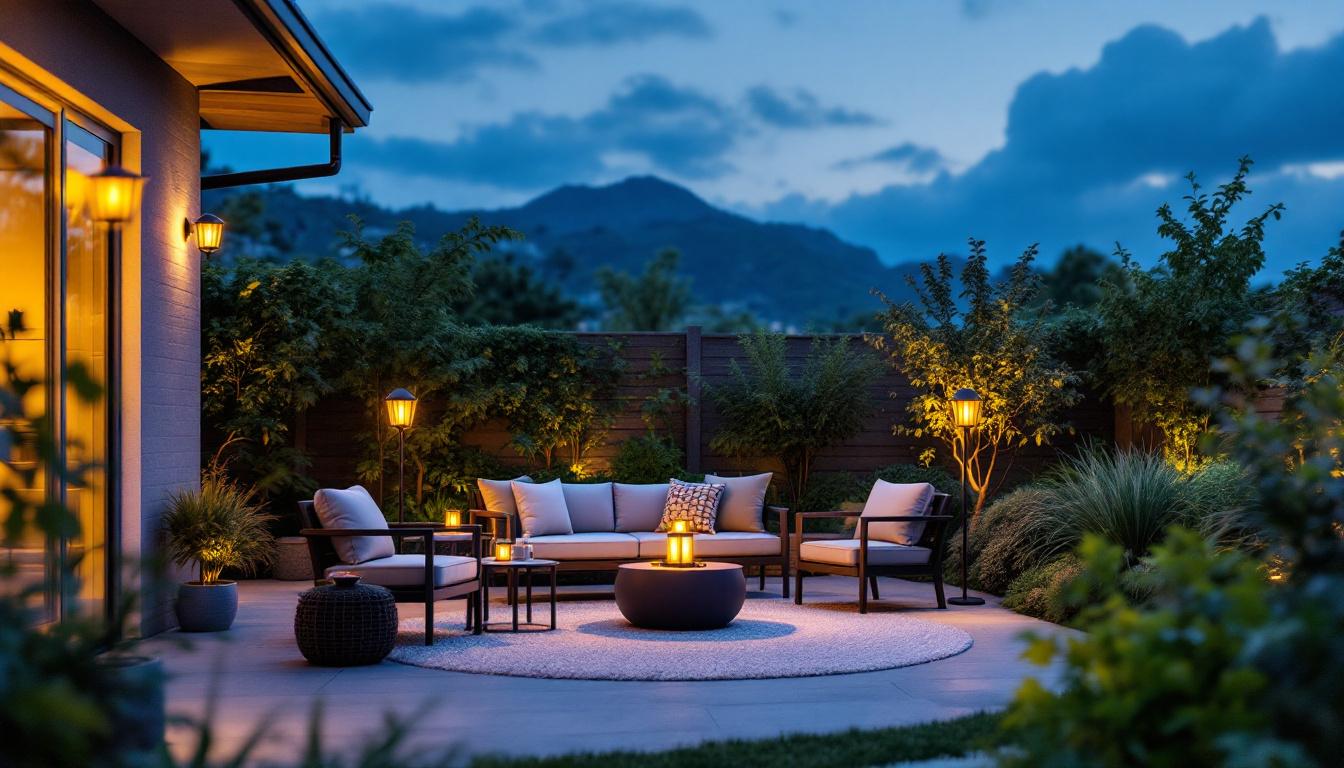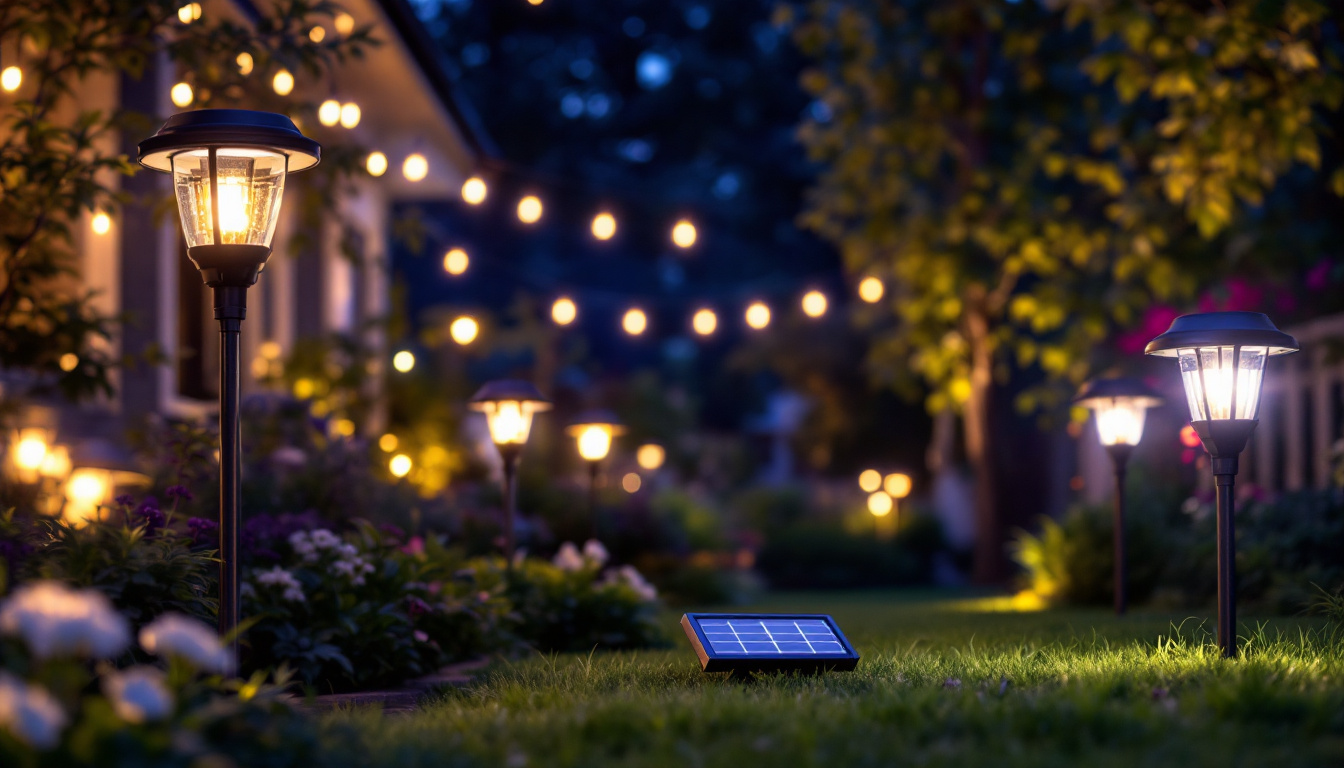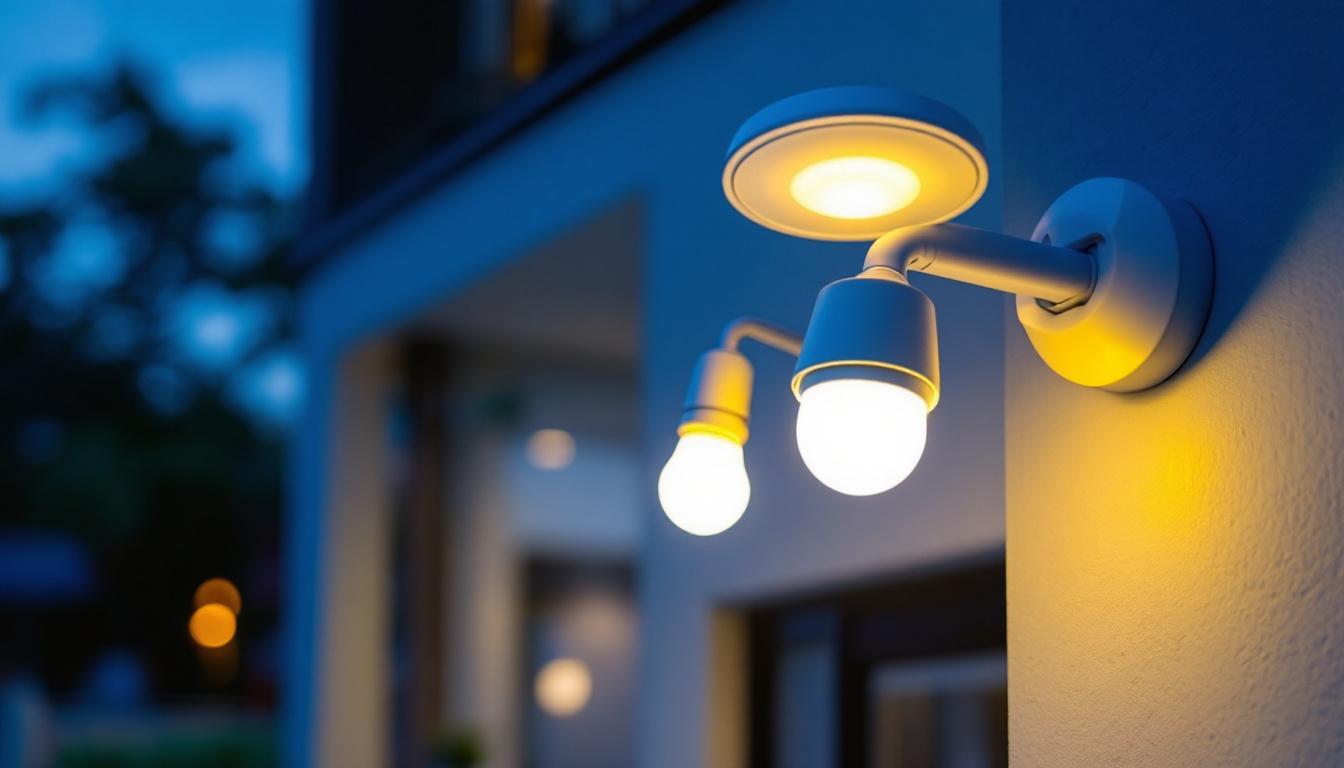
In the realm of modern lighting solutions, LED under cabinet lights have emerged as a staple for both residential and commercial spaces. Their versatility, energy efficiency, and aesthetic appeal make them a preferred choice among homeowners and contractors alike. For lighting contractors, understanding the nuances of LED under cabinet lighting is essential for delivering quality installations that meet client expectations. This article explores proven methods, best practices, and innovative approaches to enhance the effectiveness of LED under cabinet lighting projects.
LED under cabinet lights are designed to illuminate countertops and workspaces, providing both functional and ambient lighting. They are typically installed beneath kitchen cabinets, shelves, or other overhead structures, making them an ideal solution for areas where additional light is necessary without compromising space.
These lights come in various forms, including strip lights, puck lights, and linear fixtures. Each type offers unique advantages and can be selected based on the specific needs of the project. Understanding these options is crucial for contractors aiming to deliver tailored lighting solutions. For instance, strip lights are often favored for their flexibility and ease of installation, allowing them to be cut to size and fitted into tight spaces. Puck lights, on the other hand, provide focused illumination and can be strategically placed to highlight specific areas, such as a decorative backsplash or a cutting board.
One of the primary advantages of LED technology is its energy efficiency. LEDs consume significantly less power compared to traditional incandescent or fluorescent bulbs, leading to reduced energy bills for clients. This efficiency also translates into a longer lifespan, with many LED fixtures lasting up to 50,000 hours, minimizing the need for frequent replacements.
Moreover, LEDs produce less heat, which not only enhances safety but also contributes to a more comfortable environment. This characteristic is particularly beneficial in kitchen settings where excessive heat can be a concern. Additionally, the durability of LED lights means they are less prone to breakage, making them a reliable choice for busy environments. Their resistance to shock and vibration further ensures that they can withstand the rigors of daily use, providing peace of mind for homeowners and contractors alike.
When planning an LED under cabinet lighting project, several design considerations must be taken into account. The first is the color temperature of the LEDs. Typically measured in Kelvin, color temperatures can range from warm white (around 2700K) to cool white (up to 5000K). The choice of color temperature can significantly impact the ambiance of the space, influencing the overall aesthetic and functionality. Warm white lighting tends to create a cozy and inviting atmosphere, making it ideal for family kitchens, while cooler temperatures can enhance focus and clarity, which is particularly useful in workspaces where precision is key.
Another important consideration is the brightness level, often measured in lumens. Contractors should assess the specific lighting needs of the area to determine the appropriate brightness, ensuring that the installed fixtures provide adequate illumination without being overpowering. Additionally, dimmable options can be integrated into the design, allowing users to adjust the light intensity based on the time of day or the activity being performed. This flexibility not only enhances usability but also contributes to energy savings, as lower brightness levels consume less power.
Proper installation is key to maximizing the benefits of LED under cabinet lighting. A well-executed installation not only enhances the visual appeal of the space but also ensures the longevity and efficiency of the lighting system.
Before installation, it is essential to plan the layout meticulously. This involves measuring the cabinet dimensions and determining the optimal placement of the lights. For strip lights, a continuous run along the length of the cabinet can create a seamless look, while puck lights may be spaced evenly for a more focused illumination.
Contractors should also consider the height at which the lights will be mounted. Ideally, the fixtures should be positioned to minimize shadows and provide even lighting across the workspace. A height of 2 to 4 inches from the countertop is generally recommended for optimal performance. Moreover, taking into account the color temperature of the LEDs can significantly influence the ambiance of the kitchen. Warmer tones can create a cozy atmosphere, while cooler tones are more energizing and suitable for detailed tasks.
Wiring is a critical aspect of the installation process. Contractors must ensure that the electrical supply can accommodate the LED fixtures being installed. This may involve running new wiring or utilizing existing circuits, depending on the project requirements.
Additionally, the use of dimmers can enhance the functionality of under cabinet lighting. Dimming capabilities allow clients to adjust the brightness based on their needs, making the space more versatile for various tasks, from cooking to entertaining. It’s also worth noting that incorporating smart technology can elevate the user experience. Smart LED systems can be controlled via mobile apps or voice commands, allowing for effortless adjustments and pre-set lighting scenes that cater to different activities, such as meal prep or hosting a dinner party. This integration not only adds convenience but also aligns with modern trends in home automation.
The selection of fixtures can greatly influence the effectiveness of the lighting solution. Different types of LED under cabinet lights offer varying benefits, and understanding these can help contractors make informed decisions.
Strip lights are a popular choice for under cabinet applications due to their flexibility and ease of installation. They can be cut to size, allowing for customization based on the specific dimensions of the cabinets. Additionally, strip lights can be easily integrated with smart home systems, providing added convenience for clients.
Puck lights, on the other hand, offer a more focused beam of light, making them ideal for highlighting specific areas, such as a cutting board or a decorative piece. Their compact size allows for versatile placement, and they can be surface-mounted or recessed, depending on the design preferences.
Incorporating smart technology into LED under cabinet lighting can significantly enhance the user experience. Smart LED fixtures can be controlled via mobile apps or voice commands, allowing for seamless integration into a smart home ecosystem. This technology not only adds convenience but also allows for advanced features such as scheduling and remote access.
Lighting contractors should stay informed about the latest smart lighting technologies and be prepared to offer these solutions to clients looking for modern, innovative options.
Even with the longevity of LED fixtures, occasional maintenance may be required to ensure optimal performance. Contractors should educate clients on basic maintenance practices and troubleshooting techniques to prolong the life of their under cabinet lighting systems.
Regular cleaning of the fixtures is essential to maintain brightness and efficiency. Dust and grease can accumulate on the surface, diminishing light output. A simple wipe with a damp cloth can often do the trick, but contractors should advise clients to avoid harsh chemicals that could damage the fixtures.
Additionally, checking connections and wiring periodically can help identify any potential issues before they escalate. If flickering or dimming occurs, it may indicate a loose connection or a failing driver, which should be addressed promptly.
Flickering lights can be a common issue with LED fixtures, often caused by incompatible dimmers or poor connections. Contractors should ensure that any dimmers used are compatible with LED technology and that all connections are secure during installation.
If clients experience a complete failure of a fixture, it may be necessary to replace the driver or the entire unit. Providing clients with information on warranty options and replacement parts can enhance their satisfaction and trust in the contractor’s services.
Examining successful LED under cabinet lighting installations can provide valuable insights for lighting contractors. These case studies highlight various approaches and solutions tailored to specific client needs.
In a recent residential project, a homeowner sought to upgrade their kitchen with modern LED under cabinet lighting. The contractor opted for warm white strip lights to create a cozy ambiance while ensuring the workspace was well-lit. By integrating smart technology, the homeowner can now control the lighting through a mobile app, allowing for easy adjustments during meal prep and entertaining.
This installation not only enhanced the kitchen’s functionality but also contributed to an inviting atmosphere, showcasing the transformative power of LED under cabinet lighting.
In a commercial office setting, a contractor was tasked with improving the lighting in a shared workspace. The solution involved installing linear LED fixtures under cabinets and shelves, providing even illumination across the area. The use of cool white lights helped create a bright and energetic environment, conducive to productivity.
Feedback from employees indicated a significant improvement in visibility and comfort, demonstrating the impact of well-planned LED under cabinet lighting in a professional setting.
LED under cabinet lighting presents a myriad of opportunities for lighting contractors to enhance their offerings and meet the evolving needs of clients. By understanding the technology, installation techniques, fixture options, and maintenance practices, contractors can deliver exceptional lighting solutions that elevate both aesthetics and functionality.
As the demand for energy-efficient and smart lighting solutions continues to grow, staying informed about industry trends and innovations will be crucial for contractors aiming to remain competitive. By implementing the proven methods outlined in this article, lighting contractors can ensure successful installations that not only satisfy clients but also contribute to the ongoing evolution of modern lighting design.
Ready to elevate your lighting projects with the best LED under cabinet solutions? Look no further than LumenWholesale, where we provide contractors with high-quality, spec-grade lighting products at unbeatable wholesale prices. Our extensive selection is designed to meet the highest industry standards, ensuring you deliver reliable and high-performance lighting to your clients. With the convenience of bulk buying, free shipping, and no hidden fees, LumenWholesale is your go-to source for premium lighting at the best value. Don’t compromise on quality or price—explore our collection today and see the difference for yourself.

Illuminate your outdoor spaces with confidence using our essential checklist for lighting professionals.

Discover the top strategies lighting contractors use to enhance outdoor spaces with solar lighting.

Discover the latest trends in light bulbs for security lights that every lighting contractor should be aware of.

Discover essential best practices for lighting contractors using cable pulling machines.